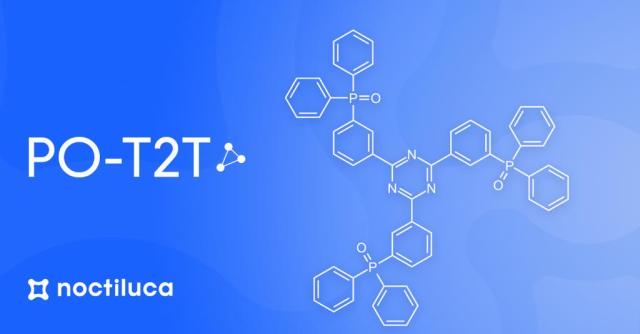
Noctiluca diversifies its business portfolio | Business update
Noctiluca, the technology company listed on the Warsaw Stock Exchange, is renowned for its expertise in proprietary emitters for next-generation OLED displays. Recently the company has expanded its business to encompass chemical Contract Research Organization (cCRO) services, sublimation and a broader range of chemical materials. Noctiluca already has customers in these areas.

Jablonski Diagram
The Jablonski Diagram, conceptualized in 1933, is more than a schematic—it’s a comprehensive framework for visualizing molecular behavior under photo-excitation. This diagram is invaluable for OLED material manufacturers as it intricately maps the energy levels of molecules, both electronic and vibrational, in response to light.

PO-T2T: a versatile chemical compound in organic electronics
PO-T2T has become a preferred choice as an electron transport/hole blocking material and electron acceptor in various applications. Its popularity stems from its role as a host and exciplex-forming material in TADF OLEDs. Additionally, owing to its electron-deficient nature, it serves as a crucial component in electron transport layers (ETL), contributing to improved OLED performance metrics. Explore the diverse applications and advantages of PO-T2T, and its role in the development of organic electronics.

TADF – how is it better for the environment?
TADF has rapidly gained momentum in recent years, and its potential to revolutionize OLEDs is capturing the attention of scientists, engineers, and manufacturers alike. In this article, we will delve into the world of TADF, exploring not only its principles, but also its environmental benefits and the impact it is poised to make on the future of lighting and display technology. We will also compare the manufacturing cost TADF and phosphorescent emitter.